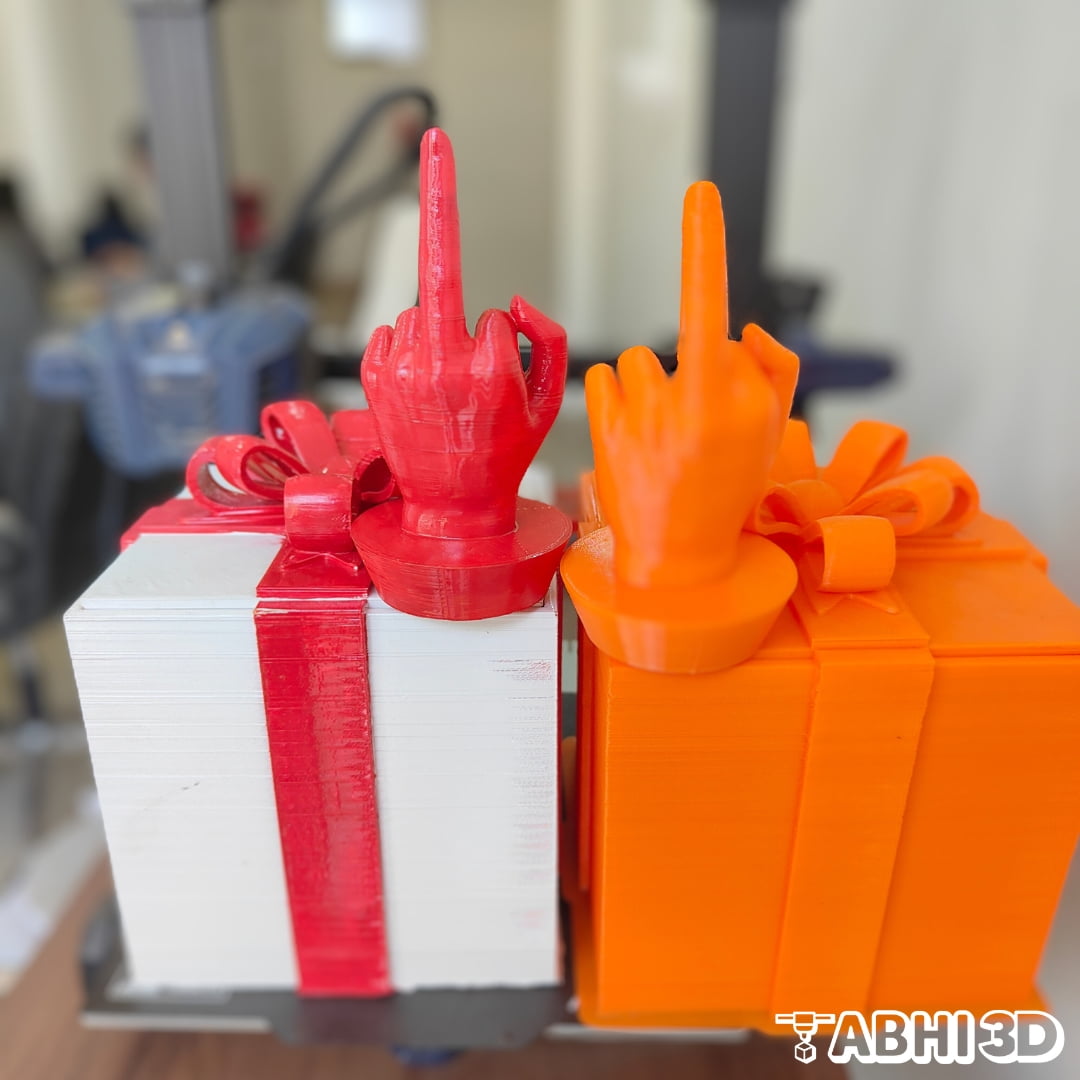Rectilinear infill is the most common infill pattern due to its simplicity and efficiency. It involves printing straight lines in parallel and perpendicular directions, creating a grid-like structure. This pattern is commonly used because it provides a good balance between strength and material usage.

The rectilinear infill pattern is created by laying down lines of filament in a grid pattern. These lines can be laid down in any direction, but they are generally aligned with the X and Y axis of the printer. How close together these lines are, can be adjusted based on your print needs by changing the density in a 3D slicer. A denser infill will result in a stronger object, but it will also use more material and take longer to print.
Below you can see we printed a cube with a rectilinear infill pattern. You will notice straight lines in parallel which has an infill of 15%.

Table Of Contents
Rectilinear Infill Settings in Cura:
Here’s how you can use rectilinear infill and adjust its settings in Cura 3D slicer. The steps is likely to be similar kind in other 3D slicer too.
1. Start by launching the Cura software on your computer.
2. Click on the “Open File” button (usually located at the top left corner) and select the 3D model file you want to print.

3. On the right side of the screen, you’ll see the “Print Setup” menu. This is where you can adjust all the settings for your print.
4. In the “Infill” section, look for the “Infill Pattern” setting. Click on the box next to it and a drop-down menu will appear. Select “Lines” from the menu. This is the equivalent to the Rectilinear Infill in other slicer software.

5. Just below the “Infill Pattern” setting, you’ll see the “Infill Density” setting. This allows you to adjust the density of the infill. A higher percentage will result in a denser infill, while a lower percentage will result in a less dense infill.

6. Once you’re happy with your settings, click on the “Prepare” button at the bottom right of the screen. This will slice your model with your new settings. Then, you can save the G-code to your computer or directly to your 3D printer, depending on your setup.

Advantages of Rectilinear Infill:
Rectilinear infill Pattern is characterized by its straight lines and right angles, and offers a perfect balance between strength and material usage, making it a popular choice for those 3D print objects that require decent strength and print quickly. Now here we will explore the benefits of using Rectilinear Infill.

Efficiency in Rectilinear Infill: Rectilinear infill is known for its efficiency in 3D printing. It is a pattern that allows for quick printing times due to its straight lines and simple geometry. This pattern requires less movement from the printer’s extruder, which can greatly reduce the overall printing time.
The efficiency of rectilinear infill can be dependent on several factors. These include the infill density, the size of the object being printed, and the speed of the printer. Higher infill densities and larger objects will require more time to print, while faster printer speeds can reduce printing time.
Strength: The strength of Rectilinear Infill lies in its simplicity and efficiency. The straight lines provide a robust structure, making the printed object more durable and resistant to various forms of stress. The rectilinear Infill pattern provides excellent structural integrity. The intersecting lines create a grid that evenly distributes stress across the object, reducing the probability of deformation or breakage.
Simplicity: The pattern is straightforward, consisting of straight lines intersecting at right angles. This simplicity makes it easy to implement and understand. Due to its simplicity, it is computationally less demanding, making it a preferred choice for many 3D printing applications.
Speed: The pattern is straightforward, consisting of straight lines intersecting at right angles. This simplicity makes it easy to implement and understand. Due to its simplicity, it is computationally less demanding, making it a preferred choice for many Several factors can affect the speed of rectilinear infill, including the type of material used, the printer’s capabilities, and the expected quality of the print. Increasing the speed can reduce the print time but may compromise the quality and strength of the print.
Disadvantages of Rectilinear Infill:
Even though Rectilinear infill is known for its speed and efficiency but it lacks in terms of strength, flexibility, and aesthetic appeal. Here we will discuss how these disadvantages can impact the overall quality of your 3D-printed objects.

Structural Weakness: The straight lines of the grid pattern do not distribute stress evenly across the object. This can lead to weaknesses and potential failure points. It can lead to anisotropic material properties, meaning the material has varying strength in different directions. Overall, if you are looking for exceptional high strength in your object then consider using a Gyroid, cubic or cubic sub-division pattern.
Limited Flexibility: The rectilinear Infill has a significant disadvantage as it provides limited flexibility. This means that objects printed with this infill pattern are less capable of withstanding forces that require the object to flex or bend. This limited flexibility can lead to the object breaking or deforming under stress.
Aesthetic Limitations: Rectilinear infill has several aesthetic limitations. The grid-like pattern might become visible through the outer shell of the printed object, especially if the shell or other wall is thin or translucent. This can detract from the overall appearance of the object.
Is Rectilinear Infill the Fastest Infill Pattern?
Yes, Rectilinear or Lines pattern infill is often considered as the fastest infill pattern. This pattern is faster because it requires fewer movements and changes in direction compared to other patterns.

You can check our fastest infill pattern guide here







